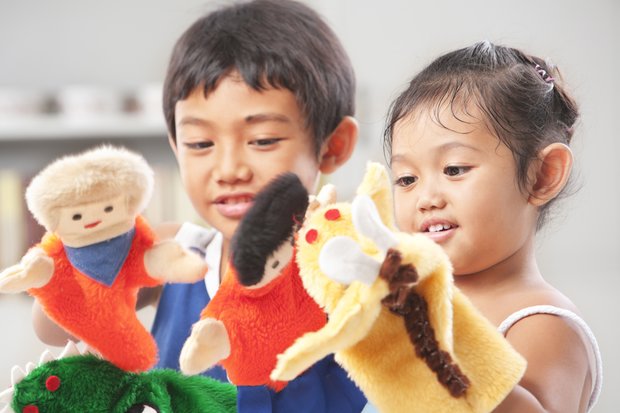Teaching techniques for languages
Add to My Folder
Explore more ideas for teaching foreign languages in Early Years and try a lesson themed around colours.

Consider children’s interests
Children will learn more effectively if they enjoy your lesson. Although you can teach the same new language to several different groups, the lesson should suit your class. Motivate the children by targeting your lesson to their interests. For example, if they are excited about dinosaurs plan your lesson around this topic.
Use the target language
Speaking a foreign language should be fun and spontaneous. The most important feature of a good lesson is that there’s no translation of key words and phrases. When introducing new vocabulary use only the target language – this is far more effective, helping children achieve the long term goal of thinking in the target language. If a child is told that ‘bleu means blue’ he will focus on the English word and not retain the French. Showing the children a blue object and telling them it’s ‘bleu’ works.
Children will progress more rapidly if they only hear the foreign language. They will retain a core vocabulary of words that they continue to understand because they have learnt them in the same way as they have learnt their own language. Children will also develop a better feel of the new language and will make fewer mistakes.
Allow children to shine
As you progress with the foreign language, children will recognise vocabulary that came before. Allow them to show off what they already know. Keep stronger children involved by encouraging them to help their friends.
Scholastic Resource Bank: Early Years - join today!
- Over 2,000 EYFS resources, activity ideas and games
- Perfect for anyone working or playing with children from 0 to 5 years old
- Unlimited access from just £1.25 per month
Already a member? Sign in below.
Published 1 April 2015
Reviews
You need to be signed in to place a review.